Last updated on February 28, 2024

Aurelia, the Law Above (Murders at Karlov Manor) | Illustration by Lie Setiawan
I first started delving into Commander back when Return to Ravnica was still somewhat recent. That set along with the dual-colored gods from the Theros block placed 2-colored strategies and archetypes at the forefront of Magic’s meta, at least where I usually played. This naturally led me and my friends to brew mostly 2-color EDH decks. And here’s where we ran into some issues: I was a huge Rakdos fan, and let me tell you, building a viable Rakdos deck back then was pretty much impossible. And the same thing happened to Boros .
With time, Rakdos got some fun and interesting commanders (I promise I won’t talk about Prosper, Tome-Bound on this one). Rakdos was always pretty fast and combat-oriented, but it also had space for other strategies. The same can’t really be said for Boros.
There are obviously some great Boros commanders out there nowadays; Winota, Joiner of Forces is pretty much completely broken. Feather, the Redeemed is an extremely fun card. Same goes for Osgir, the Reconstructor. But even so, if you take a quick look at EDHREC, Feather, the Redeemed is most represented Boros commander, yet it has the fewest decks built out of all the top commanders for each guild. Boros just isn’t that popular in EDH.
We still don’t know just how good Aurelia, the Law Above can truly be since it’s still new at the time of writing, but I believe it’s bound to find a place for itself amongst the best Boros commanders.
This card has some interesting strategic ideas without sacrificing the one thing that makes a Boros deck truly Boros: a huge focus on combat. What makes this iteration of Aurelia stand out is that it doesn’t care about just you attacking. Now it wants everyone to attack, rewarding you whenever your opponents choose to engage in combat. So let’s go ahead and build a deck for it!
The Deck
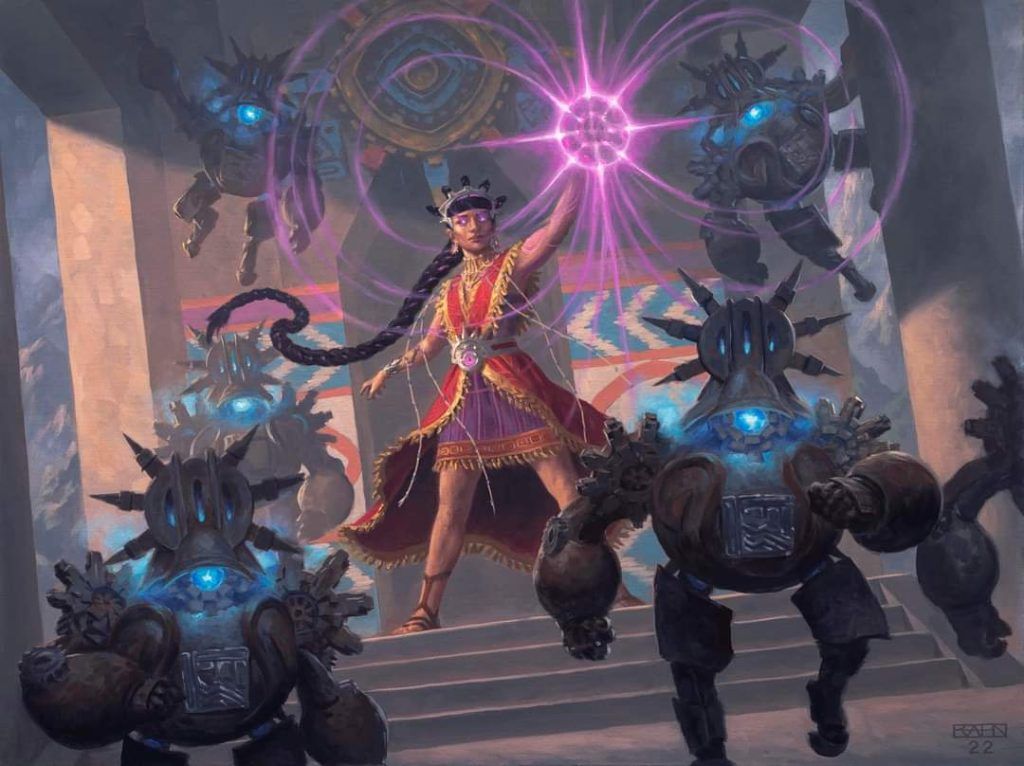
Anim Pakal, Thousandth Moon | Illustration by Chris Rahn
Commander (1)
Creature (27)
Adeline, Resplendent Cathar
Anim Pakal, Thousandth Moon
Aurelia, the Warleader
Baeloth Barrityl, Entertainer
Blade Historian
Bothersome Quasit
Charismatic Conqueror
Firemane Avenger
Firemane Commando
Frontier Warmonger
Frontline Medic
Gisela, Blade of Goldnight
Goblin Spymaster
Hero of Bladehold
Iroas, God of Victory
Karlach, Fury of Avernus
Kazuul, Tyrant of the Cliffs
Keeper of the Accord
Legion Loyalist
Life of the Party
Mangara, the Diplomat
Myrel, Shield of Argive
Odric, Master Tactician
Professional Face-Breaker
Skyknight Vanguard
Varchild, Betrayer of Kjeldor
Vengeful Ancestor
Planeswalker (1)
Sorcery (8)
Austere Command
Blasphemous Act
Disrupt Decorum
Farewell
Insurrection
Spectacular Showdown
Taunt from the Rampart
Vandalblast
Instant (15)
Akroma's Will
Boros Charm
Chance for Glory
Chaos Warp
Deflecting Palm
Deflecting Swat
Demand Answers
Flawless Maneuver
Generous Gift
Path to Exile
Stroke of Midnight
Swords to Plowshares
Teferi's Protection
Unbreakable Formation
Wear // Tear
Artifact (8)
Arcane Signet
Boros Signet
Horn of the Mark
Lightning Greaves
Skullclamp
Sol Ring
Talisman of Conviction
Wayfarer's Bauble
Enchantment (5)
Assemble the Legion
Chivalric Alliance
Curse of Opulence
Ghostly Prison
Smothering Tithe
Land (35)
Arid Mesa
Castle Ardenvale
Clifftop Retreat
Command Tower
Furycalm Snarl
Inspiring Vantage
Minas Tirith
Mountain x10
Needleverge Pathway
Path of Ancestry
Plains x8
Plateau
Reliquary Tower
Sacred Foundry
Sacred Peaks
Spectator Seating
Sundown Pass
Temple of Triumph
Windbrisk Heights
The Commander: Aurelia, the Law Above
The thing about Boros in EDH is that it usually becomes somewhat hard to have a strong combat strategy that won’t immediately get targeted after tapping out for a big attack. You have at least three opponents. You tap out hitting one, maybe two of them for a decent amount of damage, but now you’re the number one target for an onslaught as every other player runs you down. Even if you hit fast and hard enough that you take out one opponent, that’ll paint you as a threat and everyone else will be way more prepared to take you down as soon as possible.
This commander may not be the single most perfect way to change that, but it definitely helps.
The biggest thing to keep in mind here is that if your opponents decide to attack you with five or more creatures, they all get hit for 3 and you gain 3 life. Of course this won’t prevent all of the damage they throw at you, but it definitely helps make them think twice before going all out; especially if you have some decent blockers.
Both of Aurelia, the Law Above’s abilities also gain advantage from your opponents attacking each other. I think the main issue with it is that it’ll detract them from attacking with more than five creatures at a time, but we have ways to work around that.
This card also has considerable board presence. A 4/4 flier with vigilance and haste is a force to be reckoned with.
All Out War: The Creatures
The creatures in this deck serve different purposes but pretty much all of them are here to enable one thing: combat. Whether it’s by reinforcing your attack force, or by setting up a powerful defense, all of the creatures aim at making you the strongest military power at the table. That’s what Boros is all about, after all.
Cards like Myrel, Shield of Argive, Hero of Bladehold, Adeline, Resplendent Cathar, and Anim Pakal, Thousandth Moon all create creature tokens whenever they attack. This simultaneously pushes combat while also creating additional creatures to build up your army.
We also have a series of creatures to enhance and empower your side during combat; Blade Historian, Iroas, God of Victory, Firemane Avenger, and Frontline Medic all either reinforce your creatures or reward you for attacking, both of which are more than necessary in a combat-focused deck.
The defense of the deck has two parts; The first one is Kazuul, Tyrant of the Cliffs, as well as cards like Mangara, the Diplomat or Frontier Warmonger. All of these serve as a way to politic your way out of getting focused, either by force or more diplomatic methods. On the other hand, we have cards like Baeloth Barrityl, Entertainer and Bothersome Quasit to force your opponents into attacking each other instead of you.
Interaction
Aside from creatures with effects that interact with your opponents, we also have a few non-creature cards to fill this need.
I personally count goad cards as interaction, and this deck has some fun ways to use that interaction. Disrupt Decorum is a classic at this point, and of course it shows up in this deck. But we also have Spectacular Showdown and Taunt from the Rampart. All of these essentially force your opponents into beating each other up while you reap the benefits of cards like your commander.
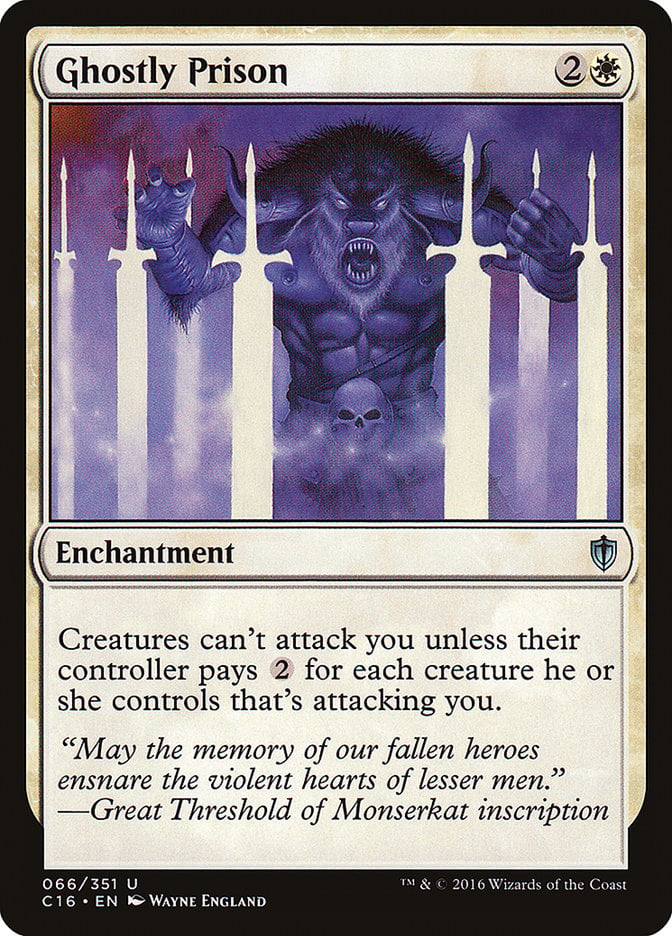
Before using these cards, I’d argue it’s key to have Ghostly Prison or some other strong defense on the field. Just in case the onslaught leaves an opponent left alive who’s still goaded and can only attack you.
The deck also has a handful of additional interaction cards. Vandalblast is essentially a must-have for most EDH decks. We have some spot removal cards to ensure we can take care of any big threats our opponents play. Chaos Warp, Generous Gift, Path to Exile, and a few others put a stop to your opponents’ biggest threats.
The deck also has a decent number of defensive spells. Teferi's Protection is one of EDH’s biggest defensive cards so it’s definitely in this list. We have Deflecting Palm and Deflecting Swat to protect against spells and damage, too. On the other hand, Flawless Maneuver and Unbreakable Formation help protect your creatures, especially if combat goes wrong.
Sweepers
The deck has two type of sweepers: traditional ones, and cards that I’d argue work as sweepers in this specific context.
Traditional ones are things like Farewell, Austere Command, or Blasphemous Act. Good old “destroy everything” type of cards.
The non-traditional ones are cards that can cause a ton of damage to your opponents or give you a massive, almost absurd advantage. Disrupt Decorum, Spectacular Showdown and Taunt from the Rampart all ensure your opponents not only deal massive amounts of damage to each other, but also destroy each others’ creatures through combat. I’d also argue that Insurrection works simultaneously as a sweeper (since you technically take away all of your opponents’ creatures) and a wincon. Which serves as a segway into the next section.
Wincons
The main strategy for the deck is simply beating your opponents down. Massive armies, strong attacks, good old traditional Magic. But we all know that’s not exactly easy, is it? So we have a couple ways to make it somewhat easier.
I’ve already mentioned all of our goad strategies, which can easily serve as semi-wincons. After all, it’ll be a lot easier if your opponents take care of each other for you. But let’s look at the rest of them.
Aurelia, the Warleader and Karlach, Fury of Avernus both add an extra attack phase, which can be more than enough to take out two opponents at once. Keep in mind that if you have both in play, your first attack should use everything you’re safe attacking with except Aurelia, the Warleader. That’ll trigger Karlach, Fury of Avernus, giving you a second attack phase and all your creatures first strike. You can attack with Aurelia during the second combat phase, which in turns triggers its ability, giving you yet another combat. Something like Flawless Maneuver can be enough to take out your opponents, or at least pretty much wipe out all of their creatures as they struggle to block, leaving them open for another go at this on your next turn.
We also have Akroma's Will. If you play it with your commander and a decent amount of creatures on the field (which should be relatively easy in this deck), you can deal some absurd amounts of damage. Once again, pair it up with the previous two extra combat cards and it’s very unlikely any opponent can survive the onslaught.
The deck has plenty of ways to expand its battlefield, and some decent attack tricks and reinforcers to ensure you can overrun your opponents.
The Mana Base
The mana base for this deck is relatively standard. Some good dual lands, Sol Ring and Arcane Signet, other mana dorks, and a bunch of basic lands. Castle Ardenvale is here to help expand our battlefield by dumping untapped mana into creating tokens. Windbrisk Heights is pretty easy to activate, since you should be attacking with a large amount of creatures pretty often.
Finally, we have Reliquary Tower. This deck has some decent card draw, but I doubt you’ll be drawing massive amounts of cards to the point where this card is truly relevant. I still think it has a place here since you never know when you may end up needing it, and it doesn’t take up too much space.
The Strategy
This is a considerably straightforward deck: Build a big army, ensure you have combat tricks and good defenses set up, then start beating your opponents down relentlessly.
The key part of this deck is knowing the difference between relentless and reckless. You need to do all you can to smother your opponents’ through combat, either draining away their life or forcing them to lose their creatures. But you need to be smart about it. If you get three creatures on the field and start attacking recklessly, you’ll get targeted and done with relatively quickly. But if you have good creatures, some evasion or supportive effects like Iroas, God of Victory, and defenses like [car]Ghostly Prison[/card], then you’re more likely to find victory in combat.
Other than that, there’s not all that much to this deck. Go wide, start beating.
Combos and Interactions
This deck is more about synergies than combos. There aren’t any truly infinite or semi-infinite combos, but you can get some very nice chains of effects. If you manage to chain Karlach, Fury of Avernus, Aurelia, the Warleader, and Chance for Glory, paired with the different effects this deck has to enhance combat, you can get something that resembles a semi-infinite combat combo.
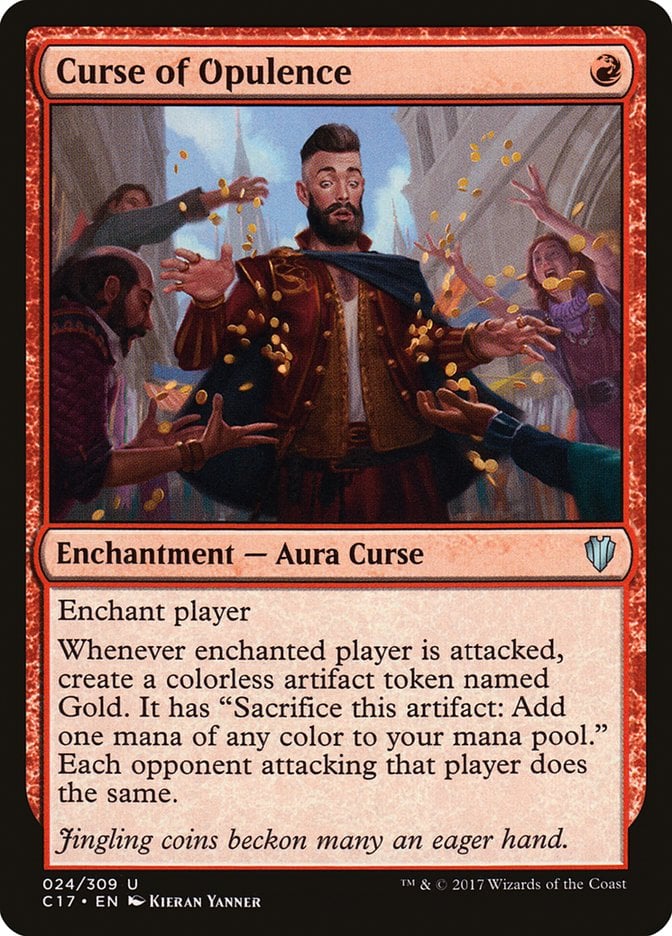
There’s also some useful synergy with things like Curse of Opulence and all the goad and forced combat effects, since this can get you a pretty massive amount of mana. Of course, this’ll also give some mana to your opponents, but nothing can be perfect in life.
Rule 0 Violations
I don’t think this deck has any offenses towards Rule 0. As always, you should always work that out with your play group, but I don’t think you should catch too much hate for this.
Budget Options
Most of the cards in the deck are somewhat inexpensive, with a few notable exceptions. The biggest thing here is Plateau, which you can simply swap out for any other dual land you want. All the better if it’s a dual land with a basic type, but it’s not even strictly necessary.
Creatures like Iroas, God of Victory and Myrel, Shield of Argive fill somewhat specific niches that are hard to fill otherwise. Luckily, this is a deck that benefits greatly from any card that enhances combat, creates tokens, or forces your opponents into attacking each other. Meaning you can replace any of the more expensive cards for anything within those strategies. Some cheap options include Skyknight Vanguard, Otharri, Sun's Glory, and a long etcetera.
Karlach, Fury of Avernus can be viably replaced with Combat Celebrant. Its effect is less repeatable that Karlach’s but it can still create a window where you can win the game, or at least take down an opponent.
Other Builds
Most other builds I can think of are pretty much variations on how much focus you put on any of the aspects of this deck. That is, you can either play a more token-centric strategy, a more full-combat strategy, or a more goad-focused strategy. I chose to try and strike a balance between all three because any one strategy can come across some big issues if done wrong.
One possible alternative build for Aurelia, the Law Above is as the head of an angel typal deck. There are other viable commanders for a strategy like this, but it’s still very much an option.
Wrap Up
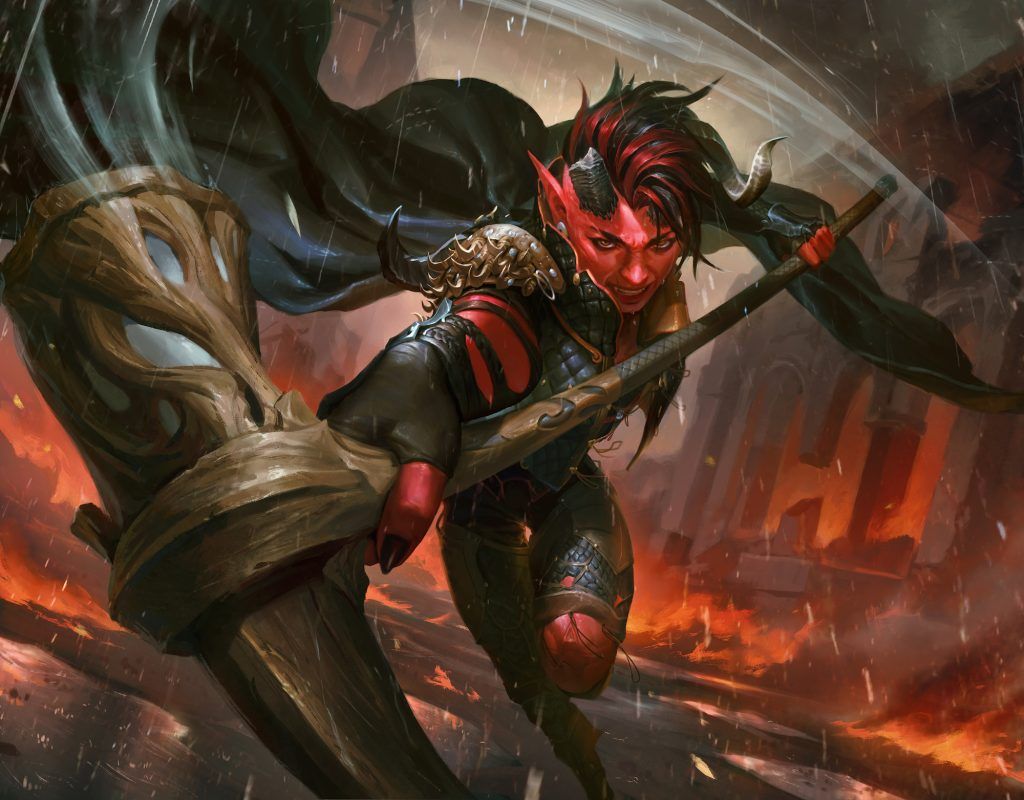
Karlach, Fury of Avernus | Illustration by Billy Christian
I have a complicated relationship with Boros. On the one hand, I really like the way it approaches combat in such a strategic and thought-out manner. On the other hand, I’m a player Rakdos at heart, and Boros plays it too safe. I used to do a lot better with hyper-fast Rakdos aggro decks that played cheap aggro creatures and tons of removal, than with Boros decks with a more measured approach to combat. But Commander is a very complex format and, ultimately, one where aggro and combat-centric decks can be pretty hard to pull off. I think Aurelia, the Law Above enables some of these strategies in a very interesting way.
But enough about what I think. How would you build this deck? Do you think I should’ve picked other cards? What’s your favorite Boros commander? Leave a comment letting us know! And while you’re here, make sure to pay our Discord server a visit. There you’ll find an amazing community of MTG fans to share your hobby with!
That’s all from me for now. Have a good one, and I’ll see you next time!
Follow Draftsim for awesome articles and set updates: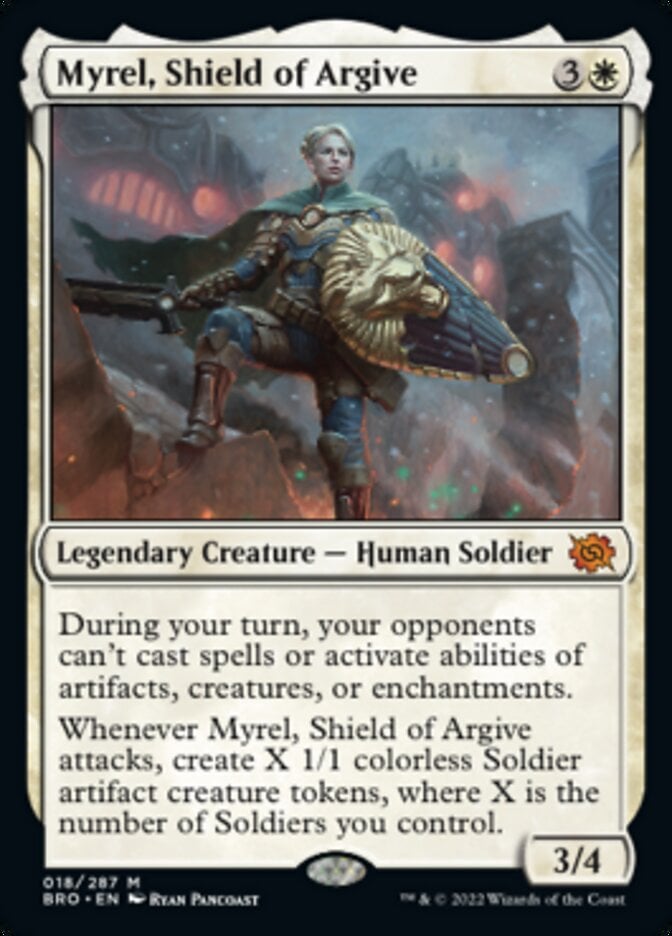
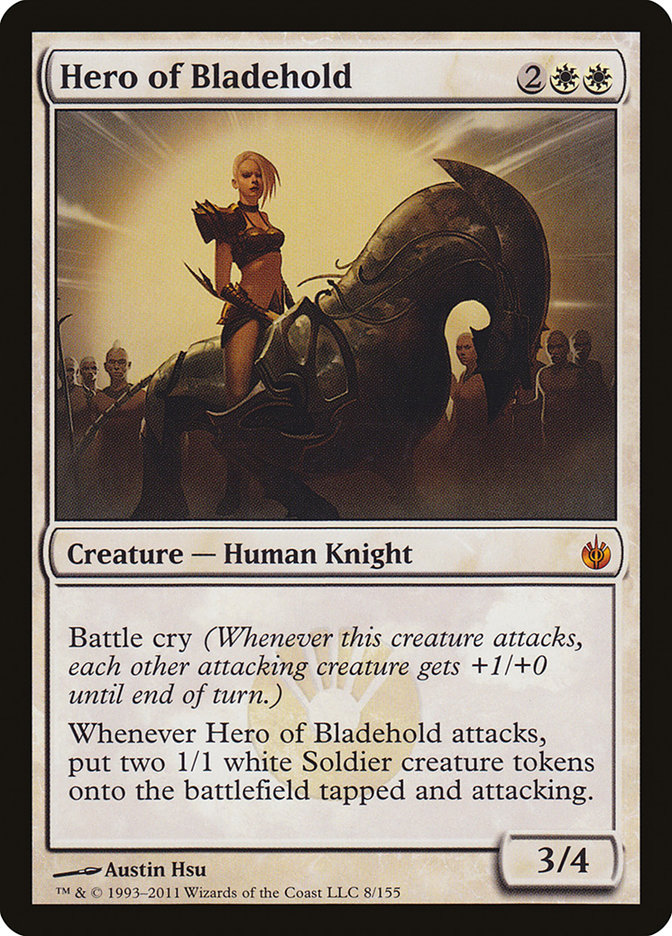
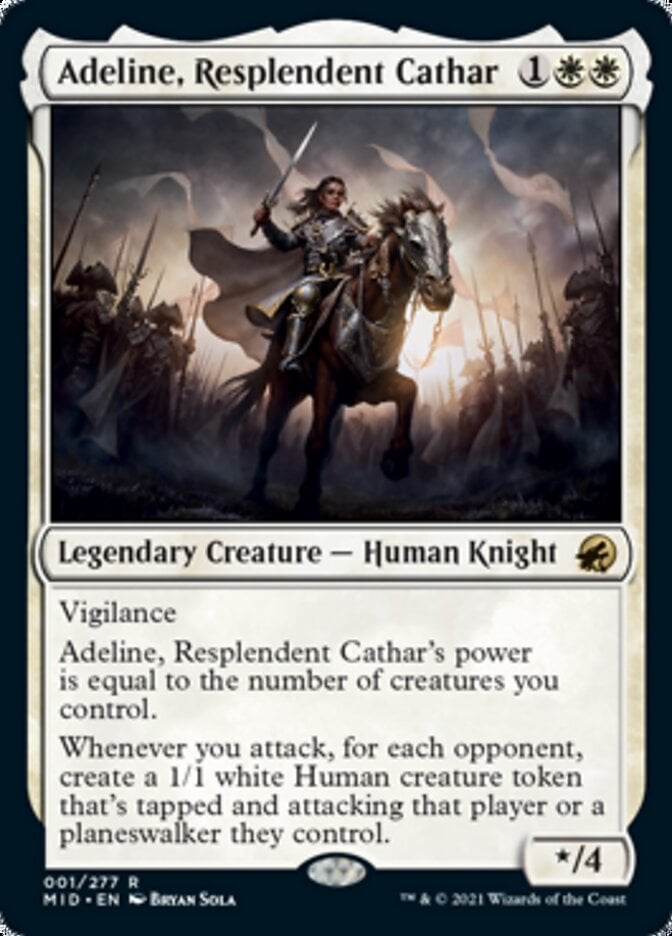
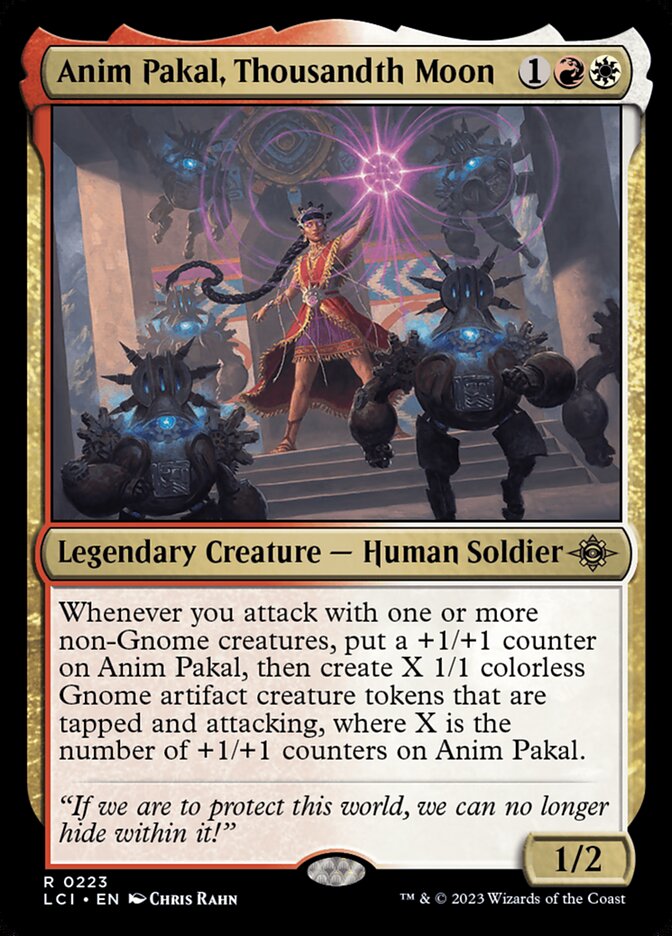

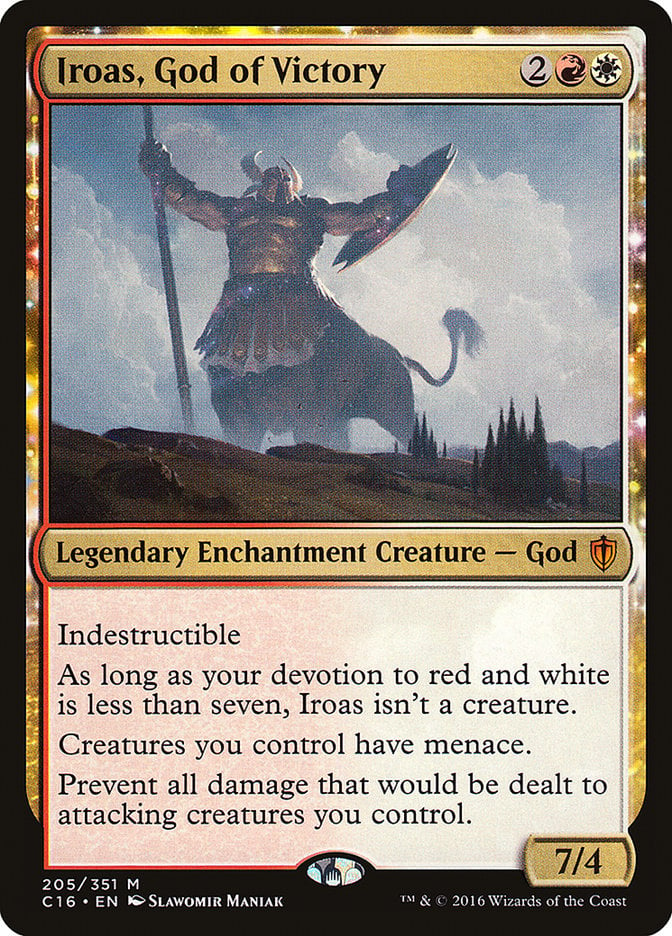
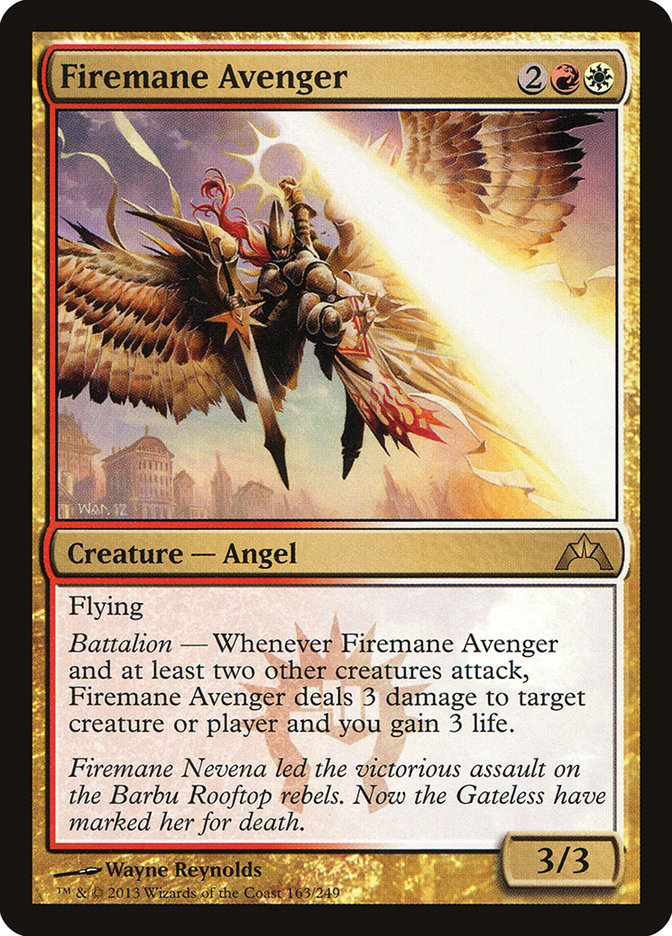


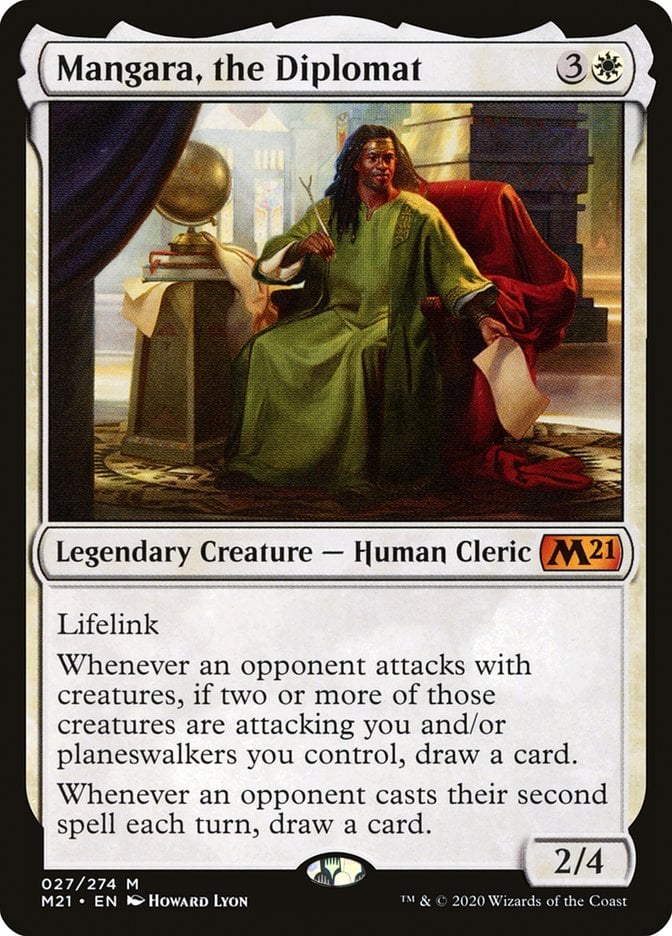

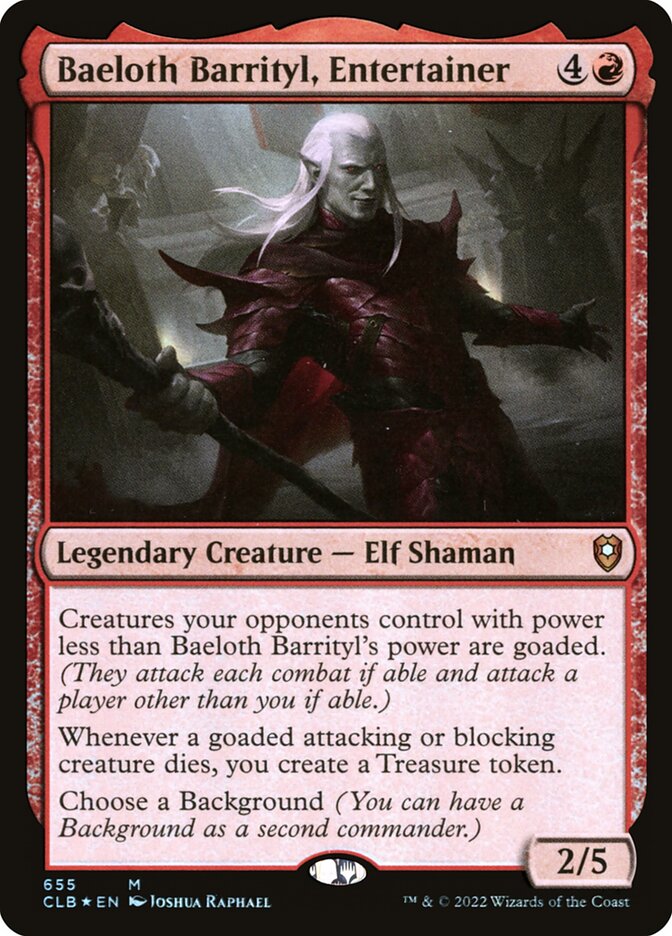
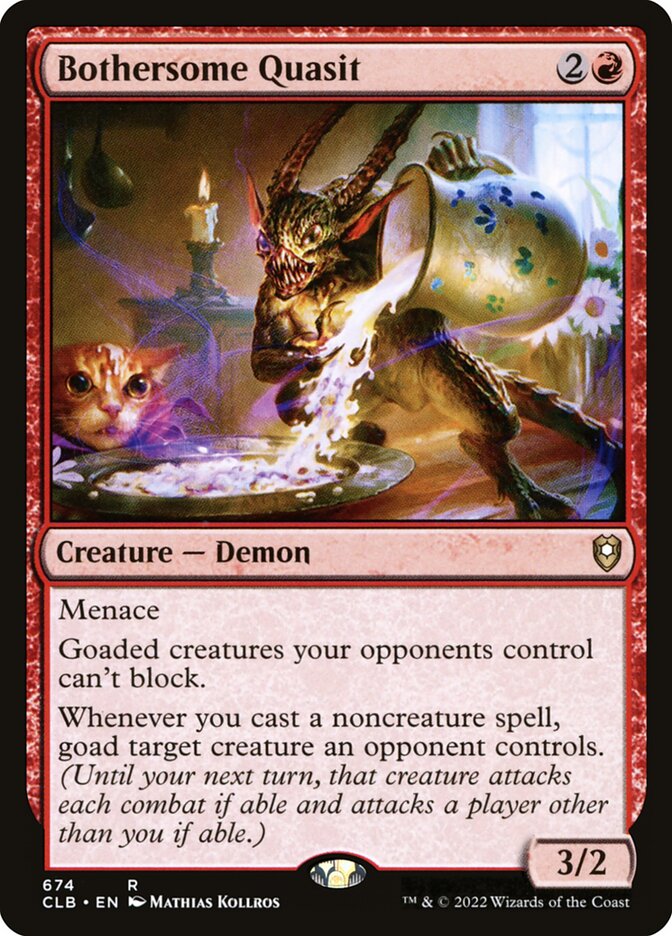
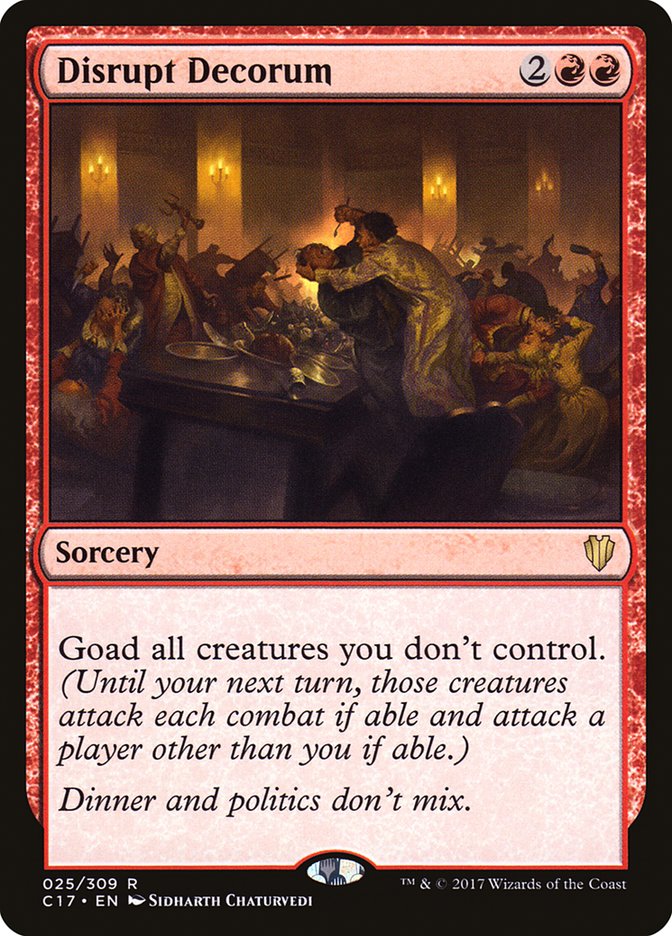

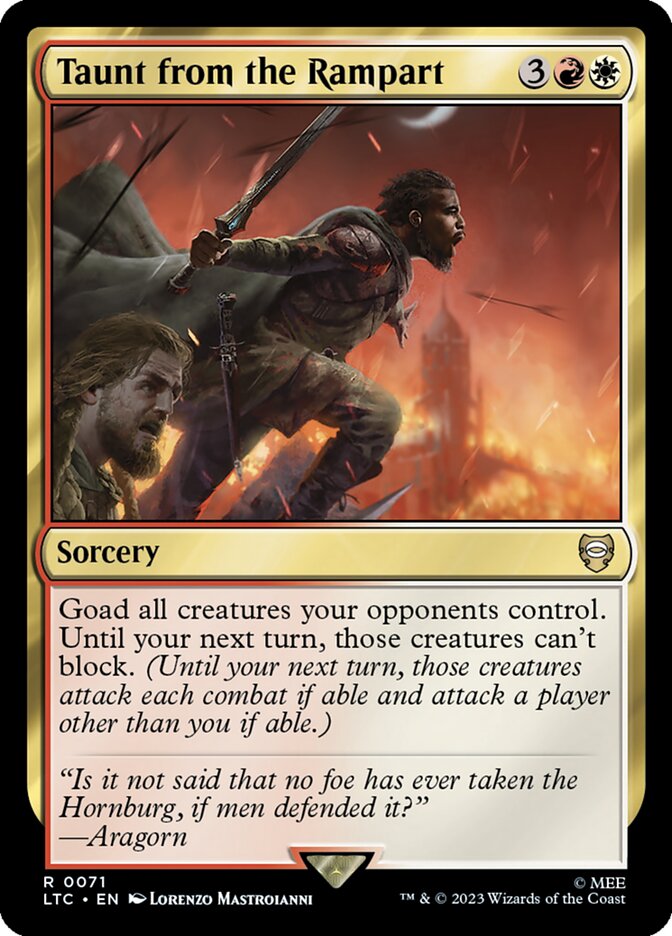
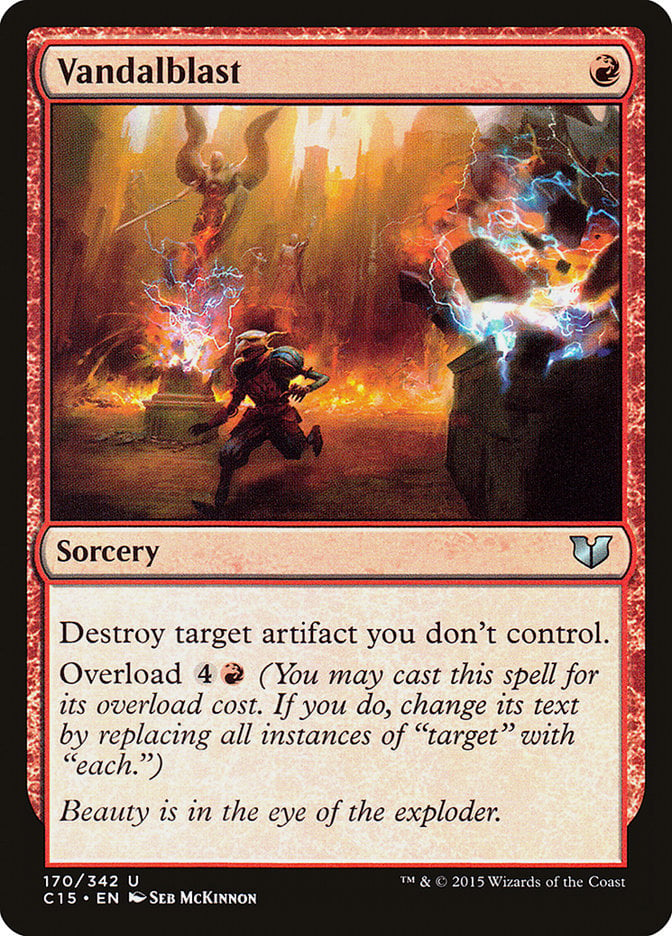



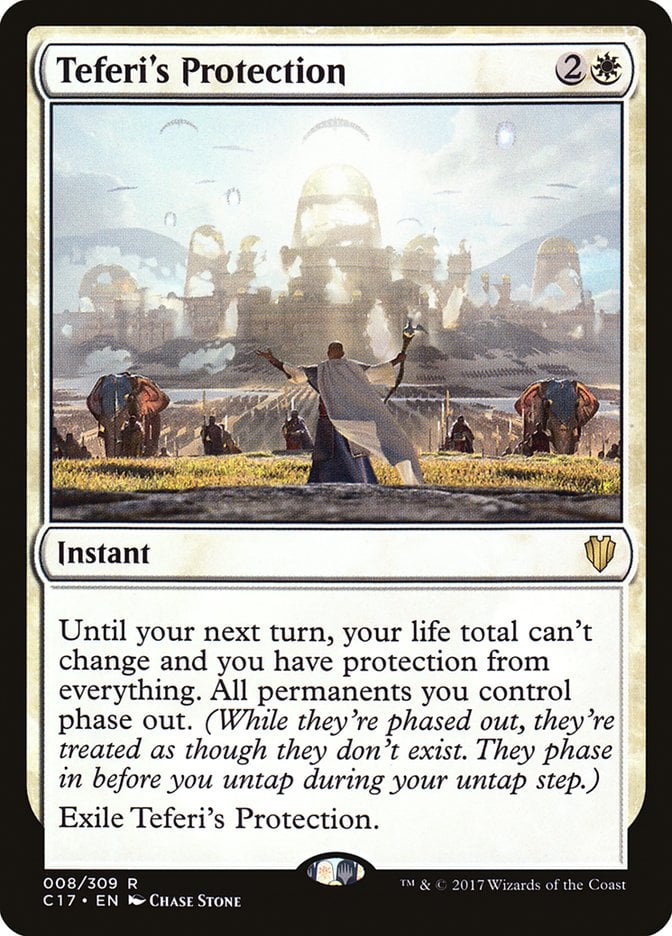
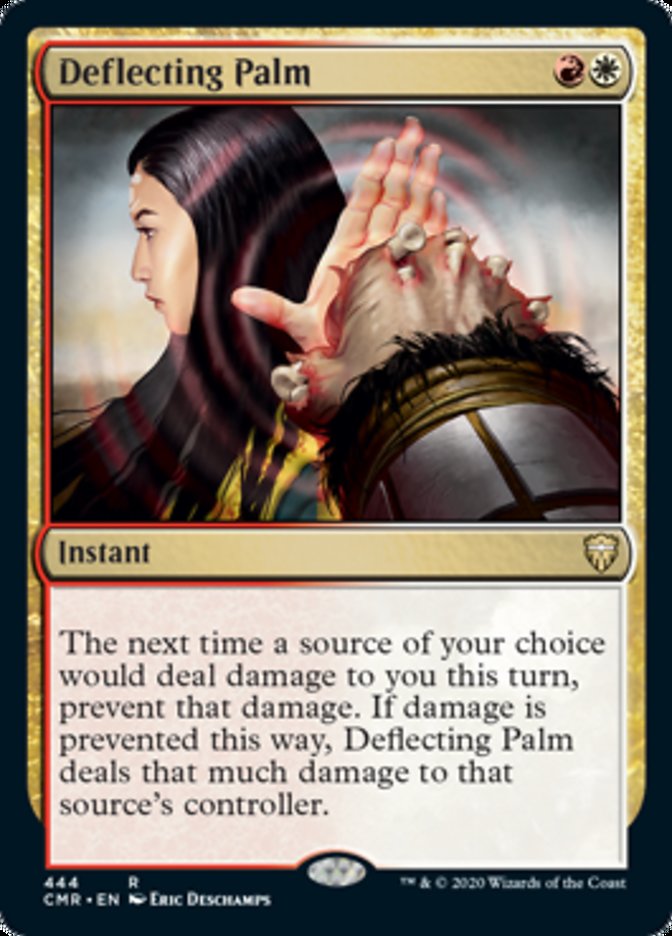
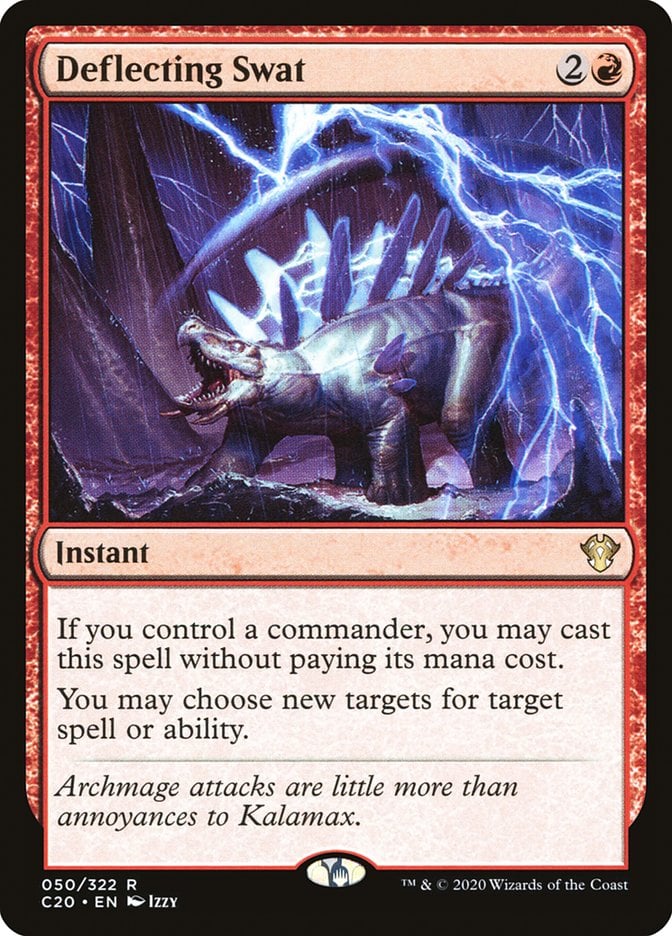
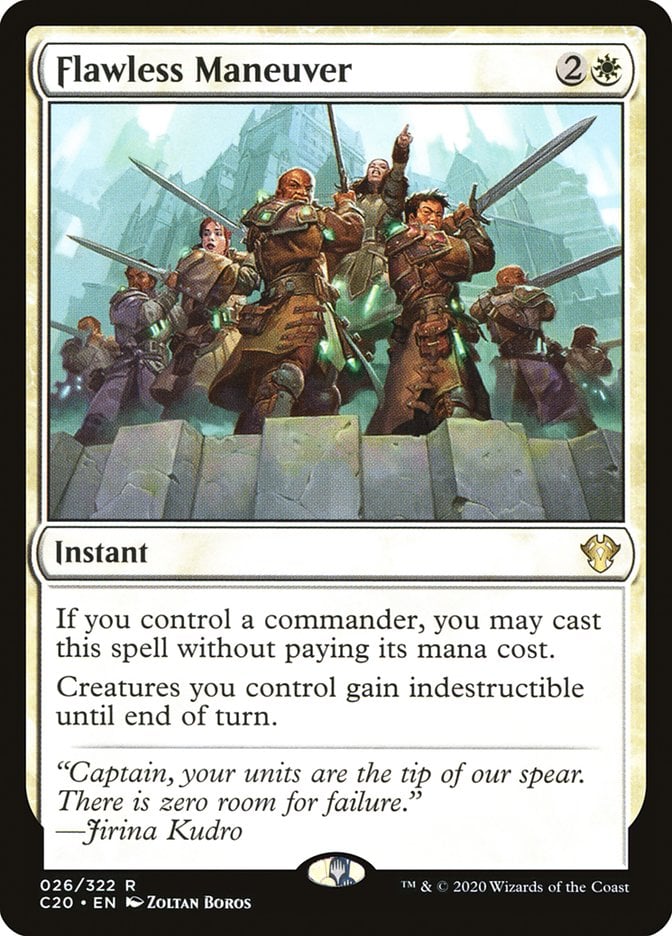
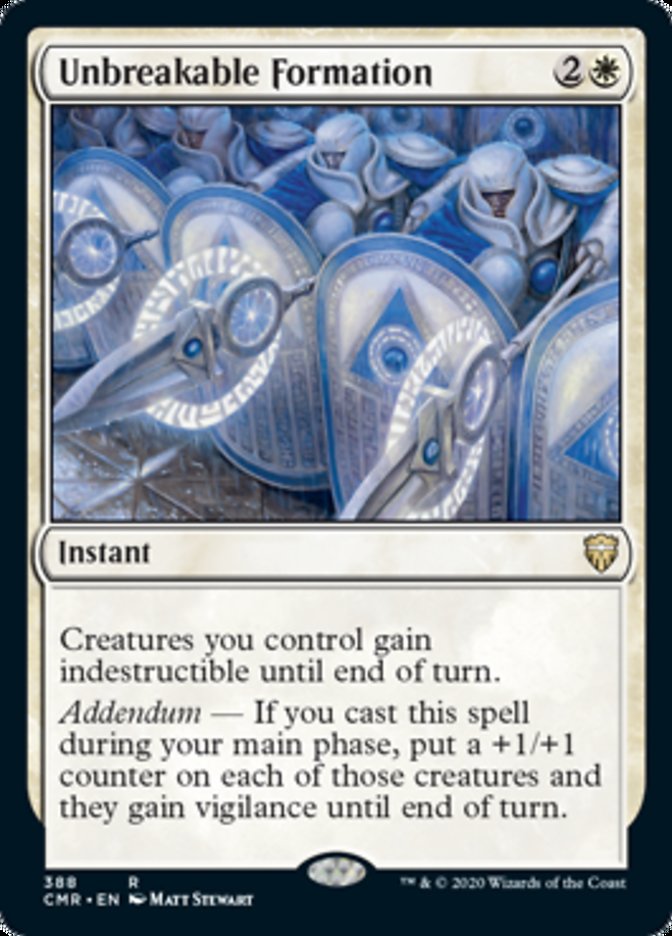


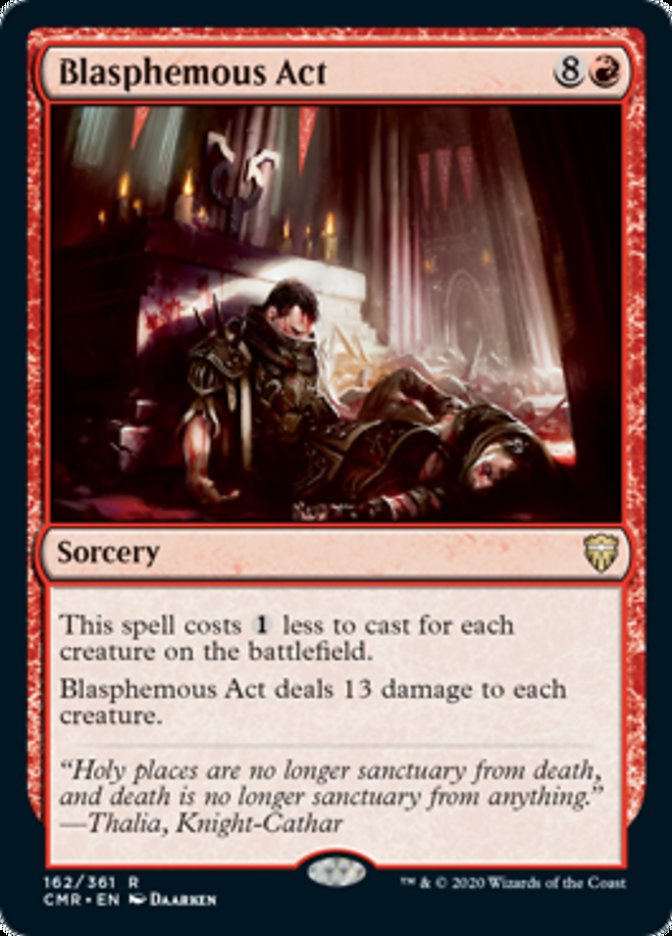
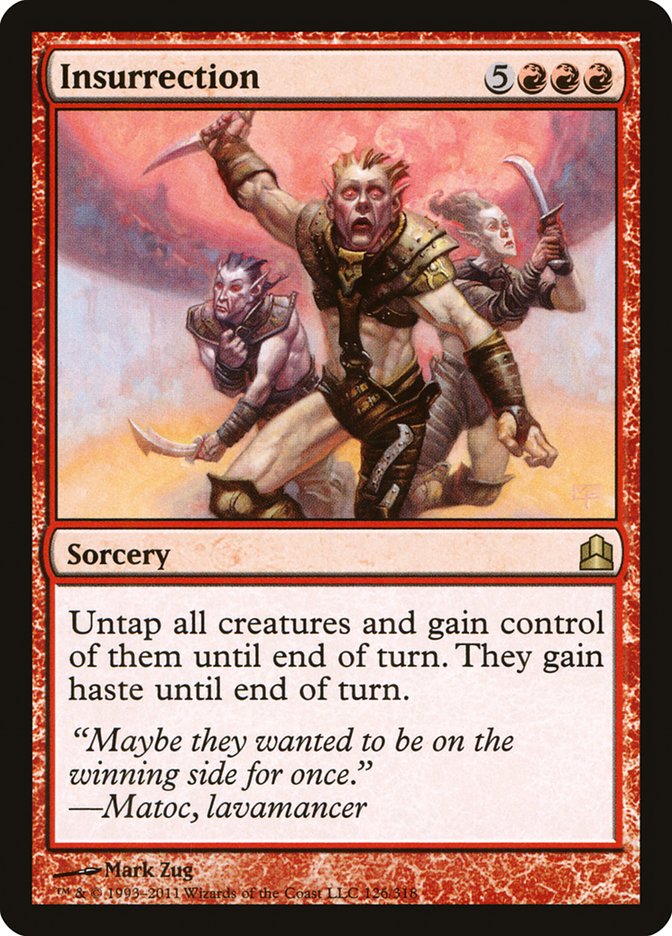
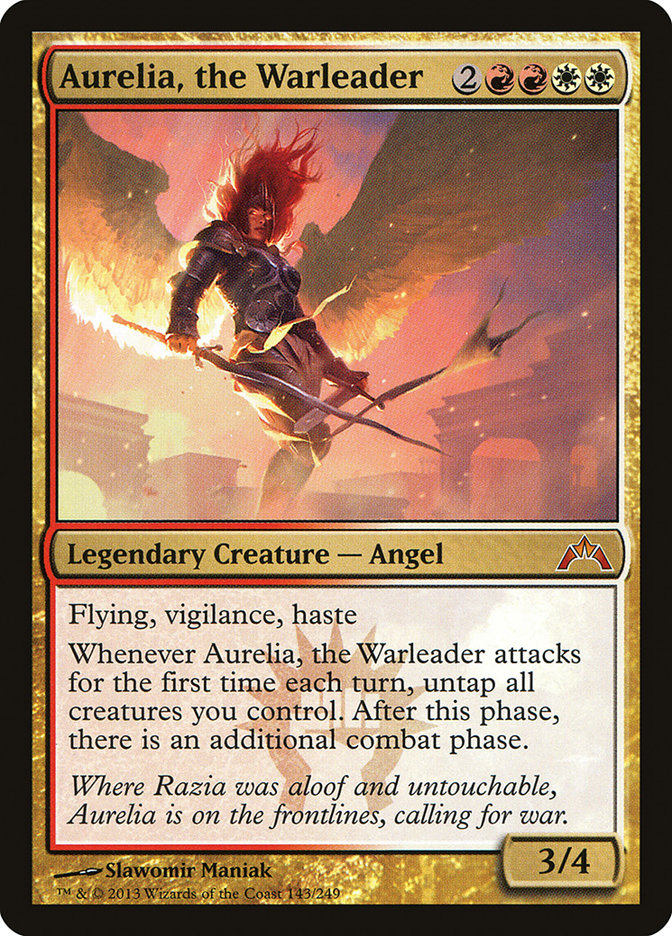
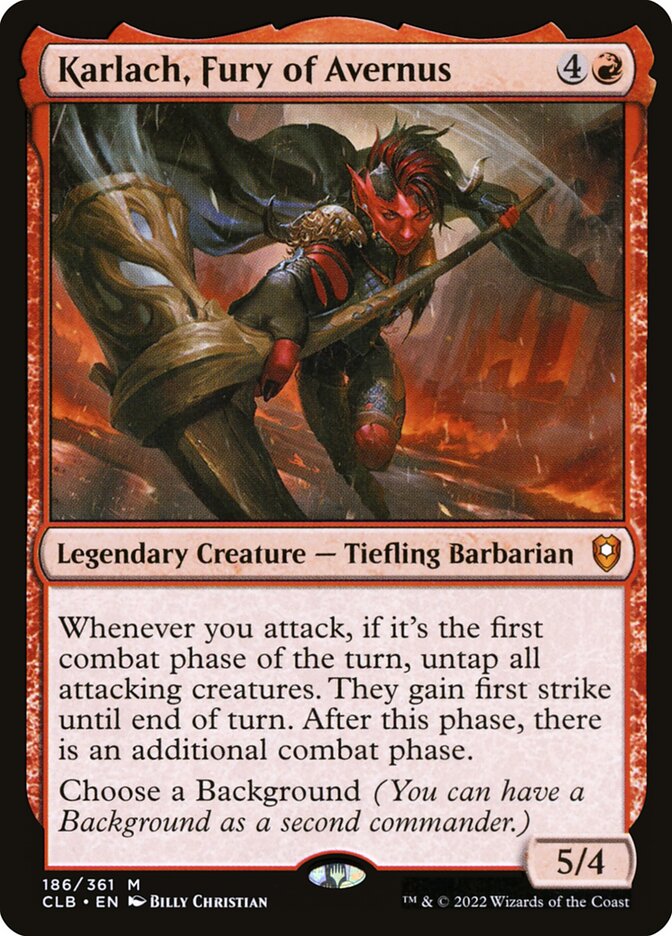

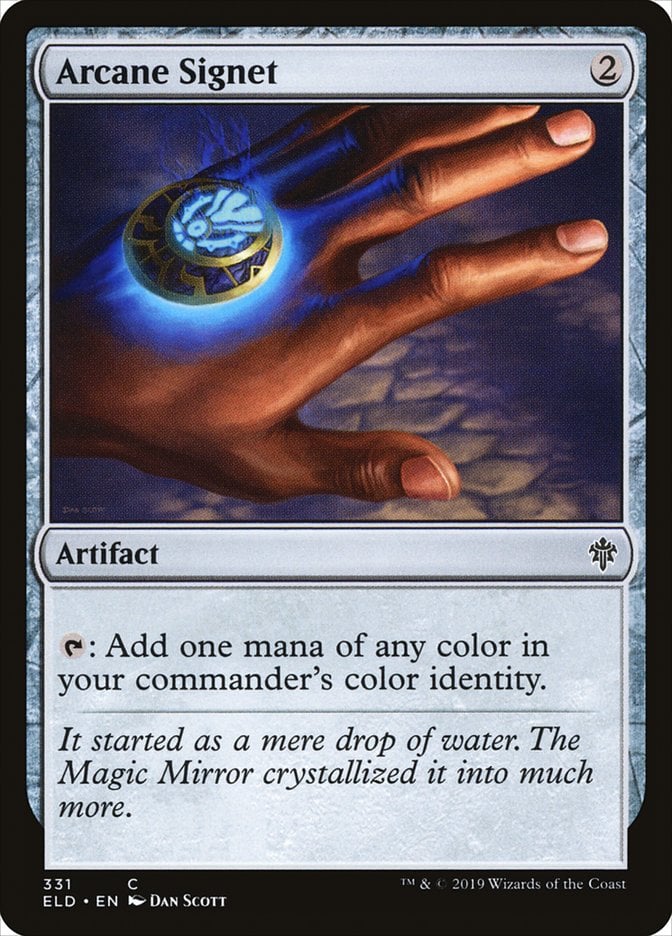


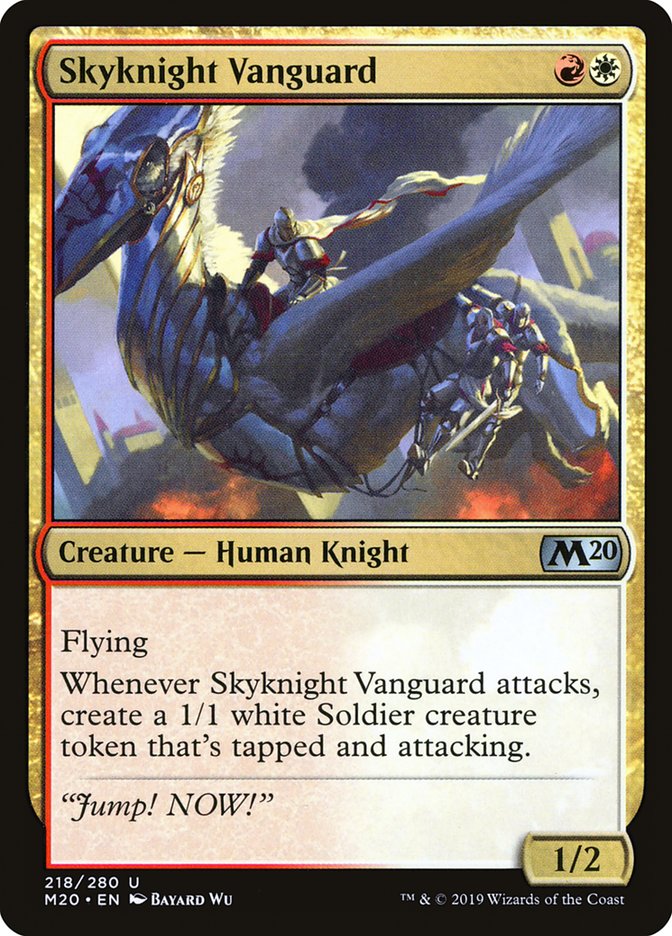


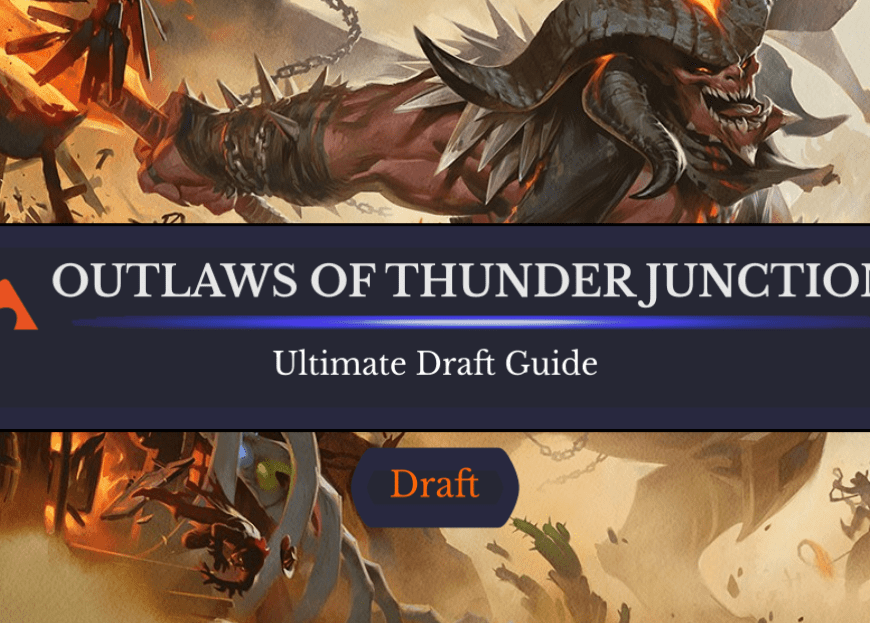
Add Comment